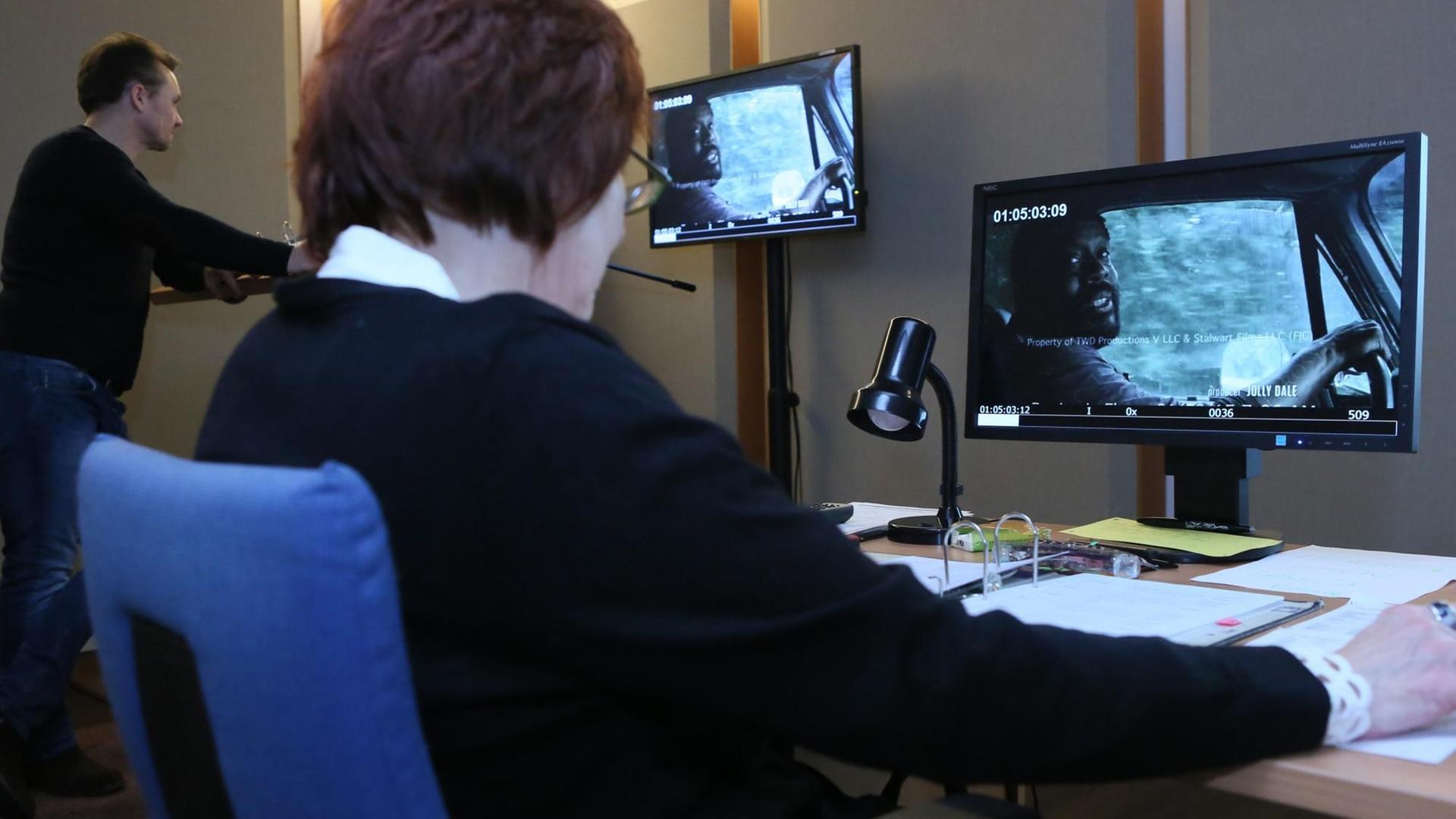The Birth of Lagoon Catamarans can be traced back to the early 1980s when the Jeanneau Techniques Avancées (JTA) was opened by Jeanneau to build ultra-modern racing prototypes for international sailing competition.
Although maxi-multihulls were an important development within the group it was not until 1986 that something happened to change the course of multihull history.
It was in this year that a particular customer requested the construction of a cruising catamaran that employed the specific design breakthroughs of Marc Van Peteghem & Lauriot Prevost, then leading designers in the competition world.
THE BIRTH OF THE MODERN LAGOON MULTIHULL
In April 1988, The Lagoon 55 was unleashed to the world during Océanides, at Brest, winning immediate accolades and sparking an international demand for high-tech cruising catamarans that continues to this day.
The JTA staff moved seamlessly between construction of the Lagoon 55 and other competition boats, thus fusing competition technology breakthroughs with commercial cruising catamaran design.
VARIOUS VICTORIES; NEW MODELS INTRODUCED
The advances were significant: In 1990 JTA trimarans won all the top places in the Route De Rhum and group opened up a new shipyard in Nantes to organize the production of the Lagoon 55, Lagoon 57, and Lagoon 47. At the same time it continued to push the envelope in racing multihull construction.
While JTA continued to amass sailing victories and break records in the Pacific, it also started to produce ever more complex prototypes, continually testing and improving the technology and the underlying materials.
The result of all this activity and progress was the request for two new models, The Lagoon37 and Lagoon 42, which found their way into the North American charter market.
BENETEAU ACQUIRES JTA AND THE LAGOON RANGE
While market conditions deteriorated between 1993 and 1994 and dampened production levels, 1995 was another turning point when Jeanneau was acquired by Beneteau and the link was established between Construction Navale Bordeaux (CNB) and Lagoon.
TECHNOLOGY RE-APPRAISAL
JTA-LAGOON made good use of those two years of transition to make an in-depth appraisal of the technologies available for constructing their boats. High-level competition resulted in more and more boats being built using ultra specific technology (pre-preg vacuum at over 200°F, even autoclave).
SECRET RESEARCHS LEADS TO INFUSION TECHNOLOGY
To the staff at JTA, this seemed too costly to adapt to cruising sailboats as the ratio of price to technology needed to remain reasonable. It was during this period that the choice turned toward infusion, which was developed after thousands of hours of research in secret to make it a viable and efficient technology.
HOLLYWOOD COURTS JTA-LAGOON
At the same time, JTA’s notoriety enabled them to sign a contract with Universal Pictures for two 60′ trimarans to be used in the filming of Waterworld.
TECHNOLOGY VALIDATED IN REAL WORLD
Infusion technology was officially validated when a JTA prototype – small and nimble – won the Mini Transcat 97 and 99 and allowed JTA-LAGOON (Lagoon) to launch into infusion construction on a larger scale that is now the benchmark for the multihull industry and being successfully used to build the Lagoon 500, Lagoon 570 and Lagoon 420.
Presently, Lagoon remains intimately connected to CNB and has ceased to build racing boats. However, the team retains the historical legacy of cutting edge research and development in new prototypes including a sixth sense when it comes to understanding what the traditional sailor requires in terms of comfort, speed and performance.
THE RE-EMERGENCE OF COMPETITION EDGE
In fact, while many may have forgotten the early foundations of competitive racing that formed the backbone of early Lagoon yachts, that memory was rekindled when The Lagoon 570 “Dada V” was the first over the finish line of the ARC Rally for Cruisers in the multihull class of 21 competitors.
“Dada V” was the 17th of the 212 boats of all categories taking part in the rally to arrive after 17 days, 6 hours, 6 minutes and 40 seconds of navigation. This is a brilliant result considering the difficult weather conditions.
In corrected time, the Lagoon 55 “Alkedo” finished 3rd and won the Lagoon trophy.
Two Lagoon 410-S2 models and one Lagoon 380 were amongst the first 10 boats in corrected time.
For additional information, please visit www.catamarans.com.







